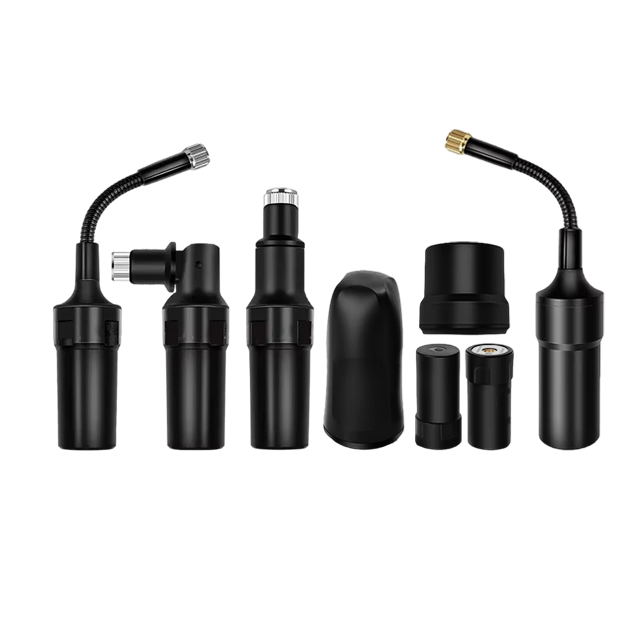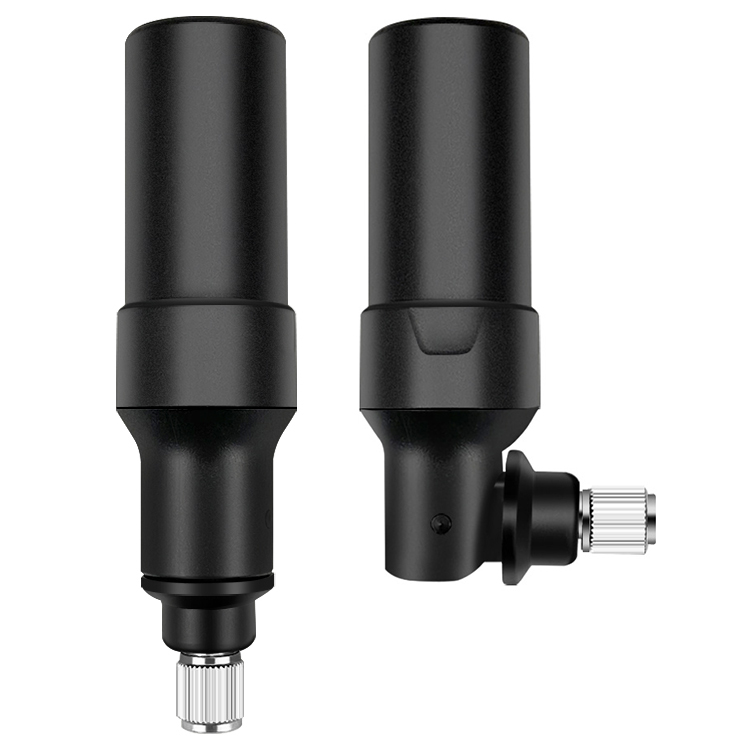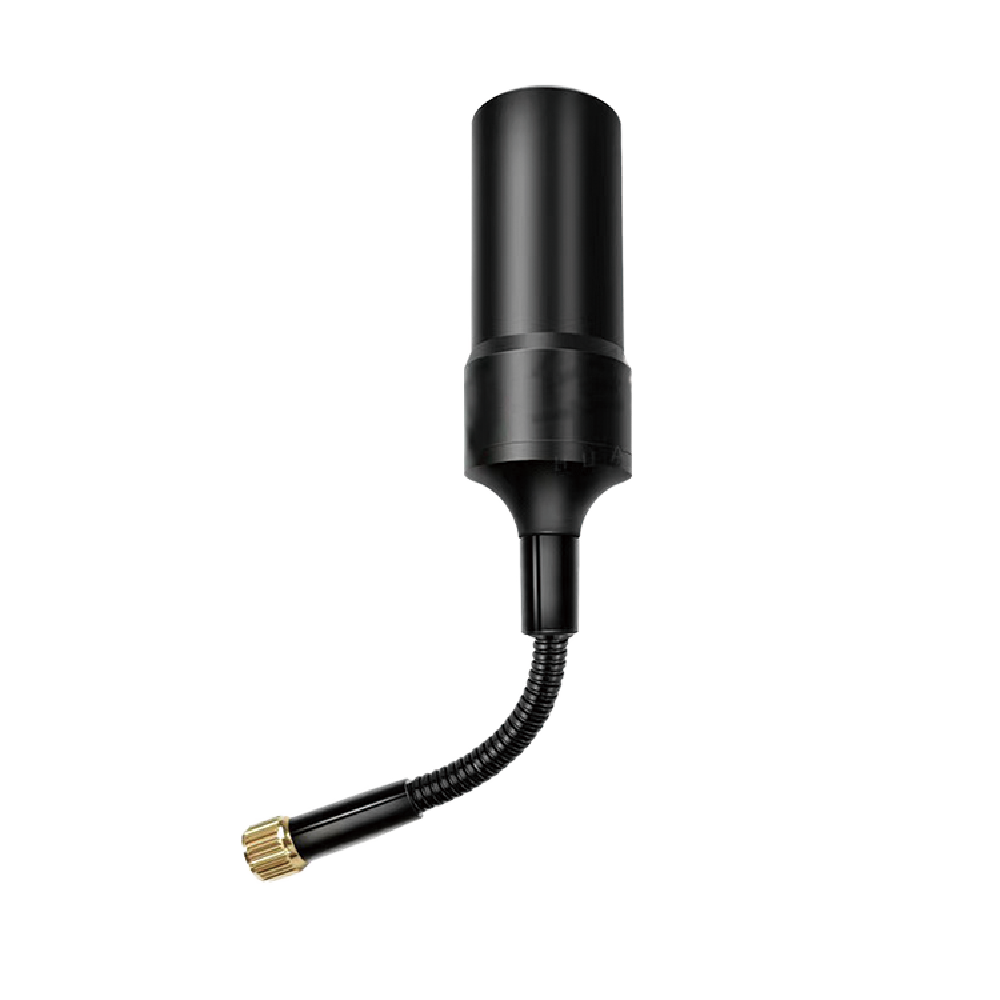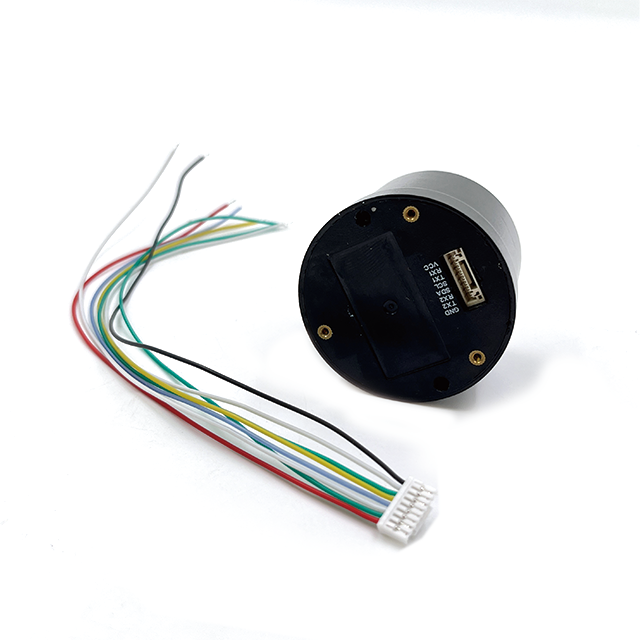5.1 Current Applications
5.1.1 Unmanned Aerial Vehicles (UAVs)
UAVs rely on precise positioning for various tasks. Low - noise GNSS RTK helical antennas are widely used in UAVs for applications such as aerial mapping, surveillance, and agricultural spraying. In aerial mapping, the centimeter - level accuracy provided by these antennas allows for the creation of highly detailed maps. For agricultural spraying, the accurate positioning helps in precisely applying pesticides and fertilizers, reducing waste and environmental impact. The lightweight and compact design of the antennas make them suitable for integration into UAVs without significantly increasing the weight or affecting the flight performance.
5.1.2 Surveying and Mapping
In the field of surveying and mapping, low - noise GNSS RTK helical antennas are essential tools. Land surveyors use these antennas to accurately measure the positions of points on the ground. This information is used for creating maps, determining property boundaries, and planning construction projects. The high precision of these antennas enables the creation of more accurate maps, reducing errors and disputes in land - related matters. In large - scale infrastructure projects such as highway construction or urban development, the accurate positioning provided by these antennas is crucial for ensuring proper alignment and layout.
5.1.3 Precision Agriculture
Precision agriculture aims to optimize agricultural production by precisely managing resources. Low - noise GNSS RTK helical antennas are used in agricultural machinery such as tractors, combines, and sprayers. The accurate positioning allows farmers to precisely apply seeds, fertilizers, and pesticides based on the specific needs of different areas of the field. This not only improves crop yields but also reduces the use of resources, leading to cost savings and a lower environmental impact. For example, variable - rate fertilization systems can adjust the amount of fertilizer applied based on the real - time position of the tractor, ensuring that each part of the field receives the appropriate amount of nutrients.
5.2 Future Trends
5.2.1 Integration with Emerging Technologies
In the future, low - noise GNSS RTK helical antennas are likely to be integrated with emerging technologies such as the Internet of Things (IoT) and artificial intelligence (AI). In IoT - enabled smart cities, these antennas can be used in a variety of devices, from autonomous vehicles to environmental monitoring sensors, to provide accurate location information. AI can be used to analyze the GNSS data in real - time, improving the positioning accuracy by compensating for factors such as multipath interference and signal blockages. For example, AI algorithms can predict the likelihood of multipath based on the surrounding environment and adjust the positioning calculations accordingly.
5.2.2 Miniaturization and Increased Efficiency
There will be a continued trend towards miniaturization of low - noise GNSS RTK helical antennas. As technology advances, it will be possible to further reduce the size and weight of these antennas while maintaining or even improving their performance. This will open up new applications in areas such as wearable devices and small - form - factor robotics. Additionally, efforts will be made to increase the efficiency of the antennas, reducing power consumption. This is particularly important for battery - powered devices, as it will extend the battery life and make the devices more practical for long - term use.
5.2.3 Enhanced Interference Mitigation
With the increasing number of wireless devices and the expansion of new communication technologies, there will be a greater focus on enhancing the interference mitigation capabilities of low - noise GNSS RTK helical antennas. New filtering techniques and antenna designs will be developed to better isolate the GNSS signals from interfering signals. For example, advanced adaptive filtering algorithms can be implemented in the antenna or the receiver to dynamically adjust the filtering based on the detected interference patterns. Additionally, research may lead to the development of new materials with improved electromagnetic shielding properties for the antenna enclosures.
Conclusion
Low - noise GNSS RTK helical antennas have become an integral part of modern high - precision positioning systems. Their unique design, featuring a precision - tuned helix element, a robust enclosure, and integrated low - noise amplification and filtering, enables them to offer several advantages. These include high - precision positioning, lightweight and compact design, and a good signal - to - noise ratio, which make them suitable for a wide range of applications such as UAVs, surveying, and precision agriculture.
However, they also face challenges such as sensitivity to environmental factors, interference from nearby devices, and the need to balance cost and performance. As technology continues to evolve, future trends suggest that these antennas will be integrated with emerging technologies, undergo further miniaturization and efficiency improvements, and develop enhanced interference mitigation capabilities.
In conclusion, low - noise GNSS RTK helical antennas play a crucial role in the current GNSS - based positioning landscape, and with continued research and development, they are expected to further improve and expand their applications in the future, contributing to more accurate and reliable location - based services across various industries.




































































 Language
Language
 En
En Cn
Cn Korean
Korean

 Home >
Home > 








 18665803017 (Macro)
18665803017 (Macro)













